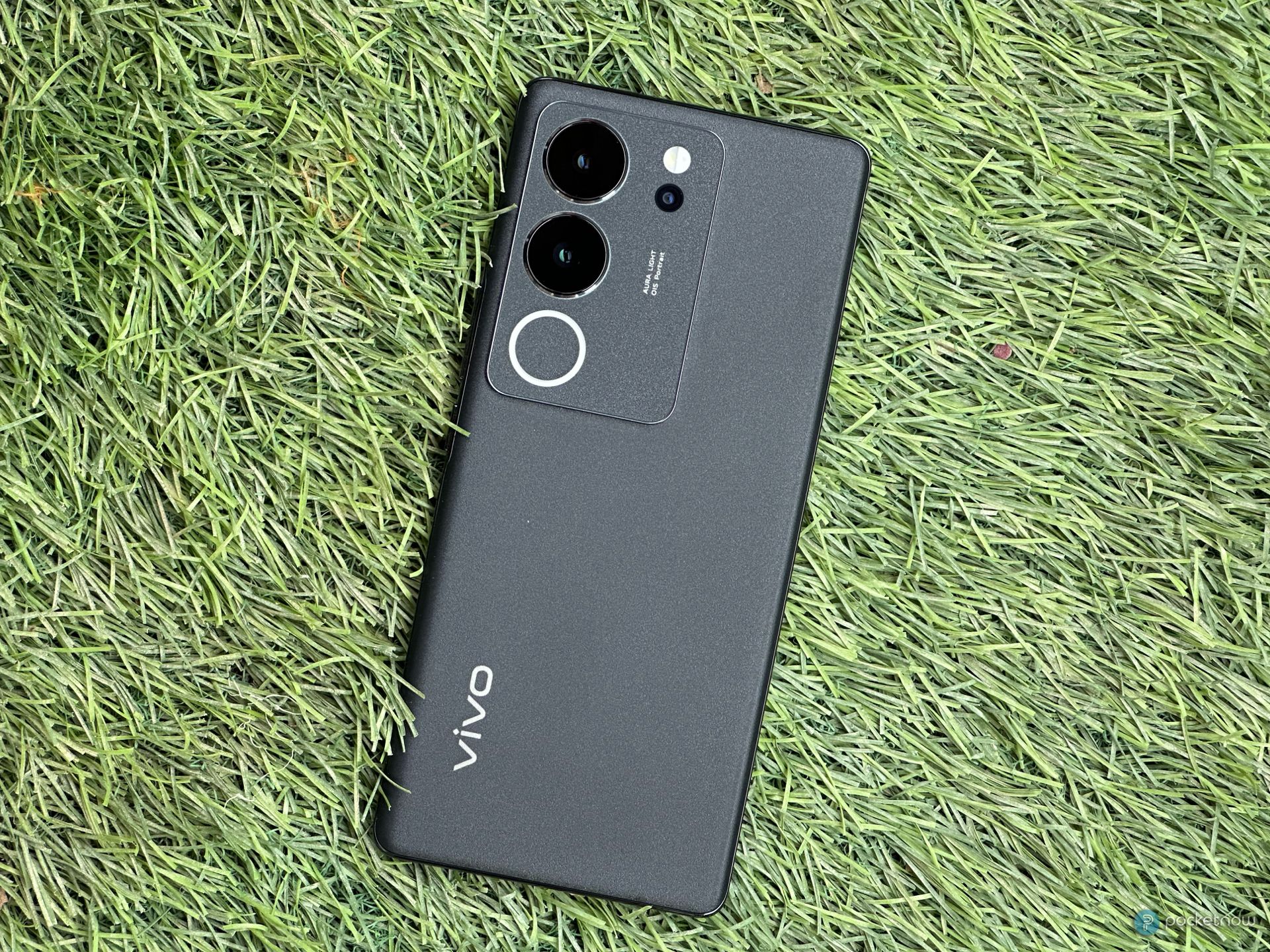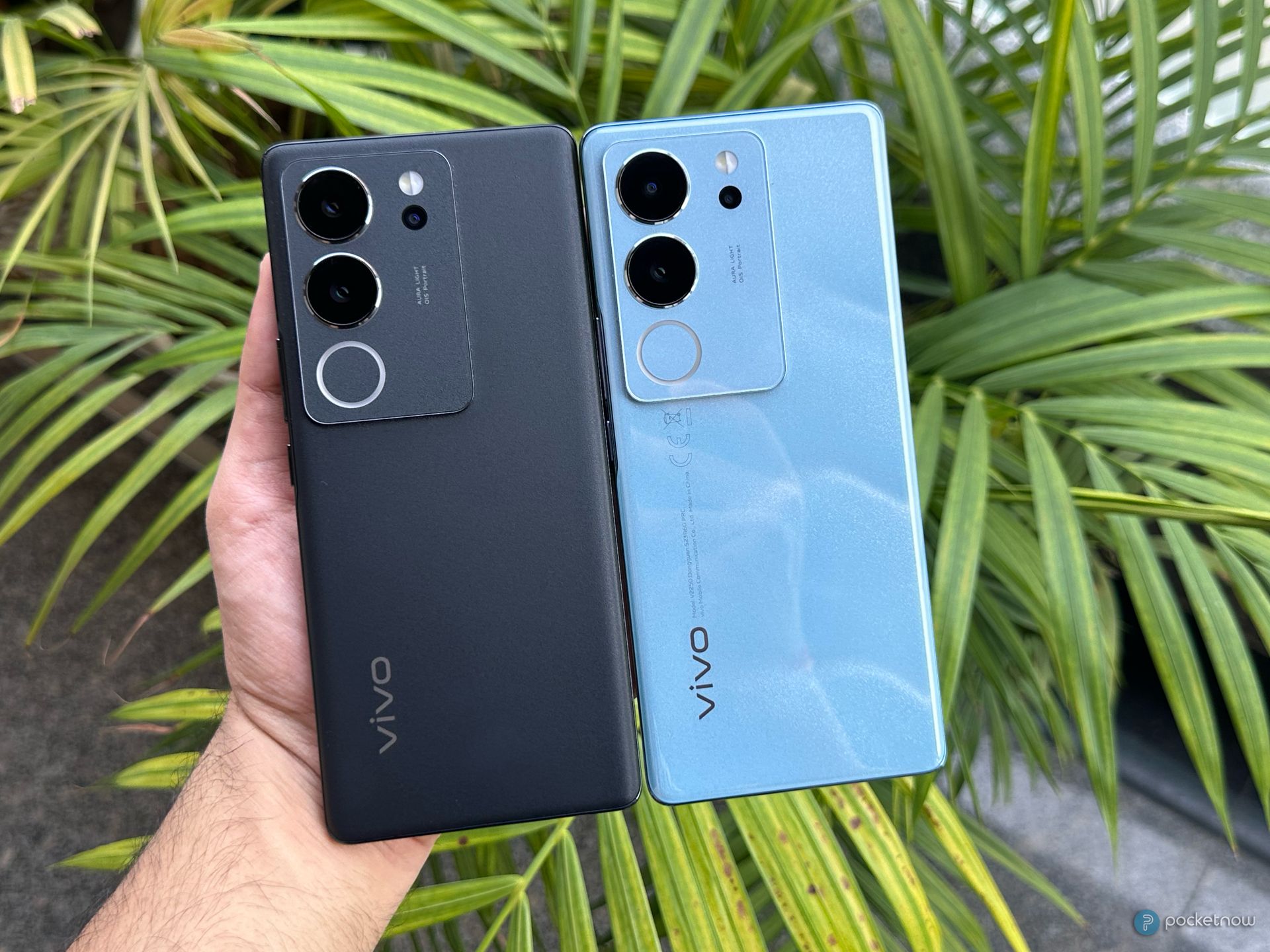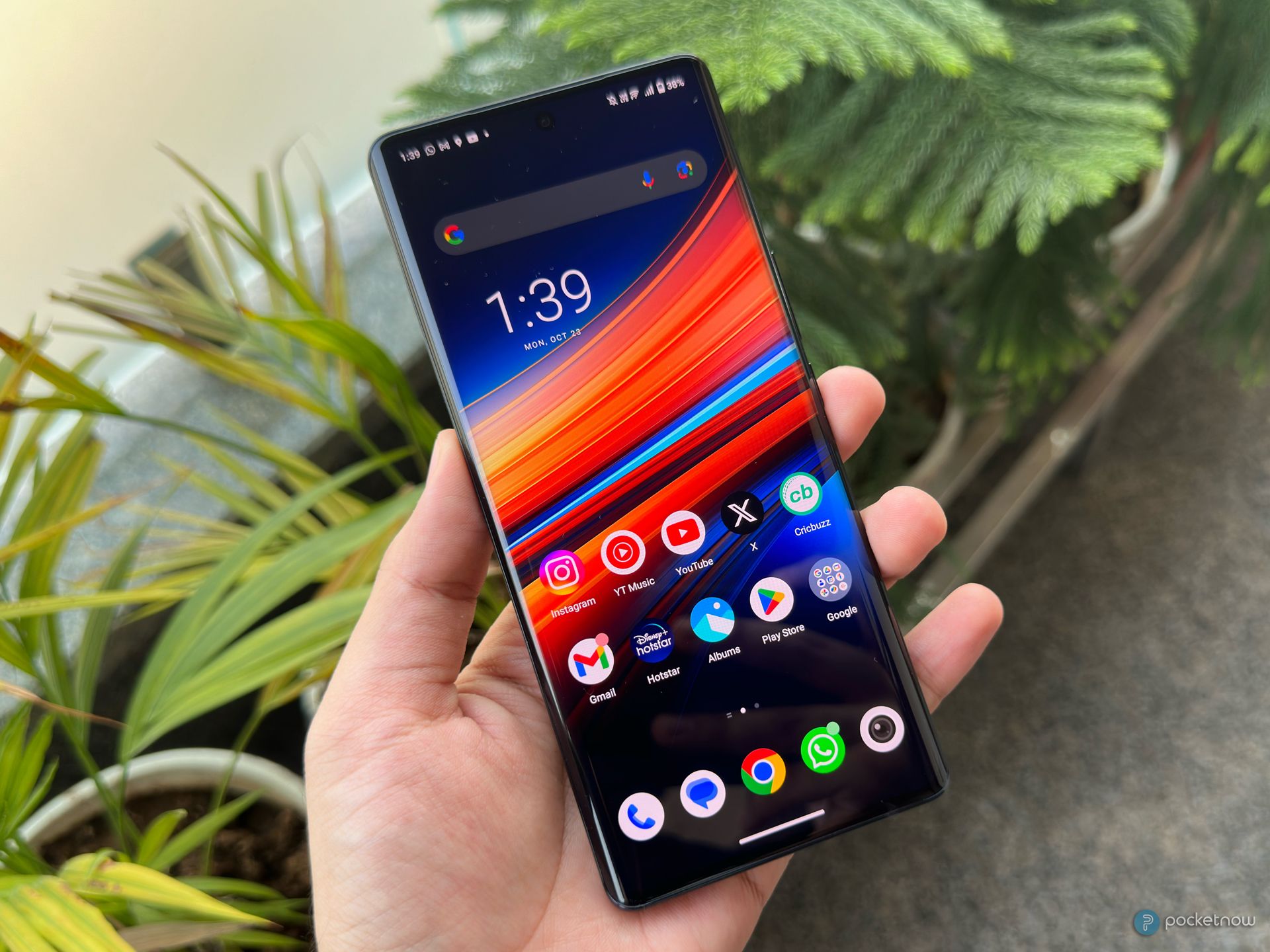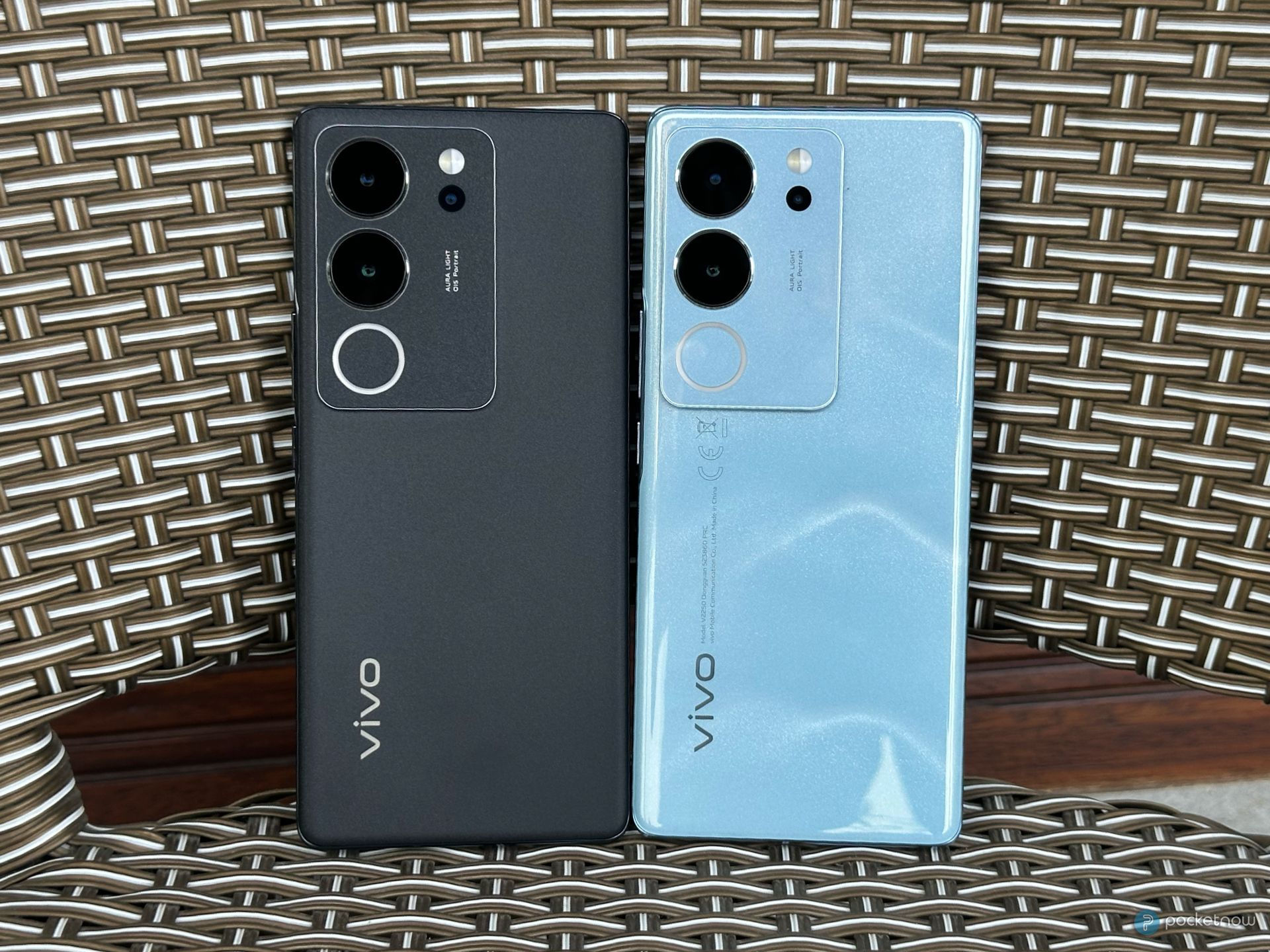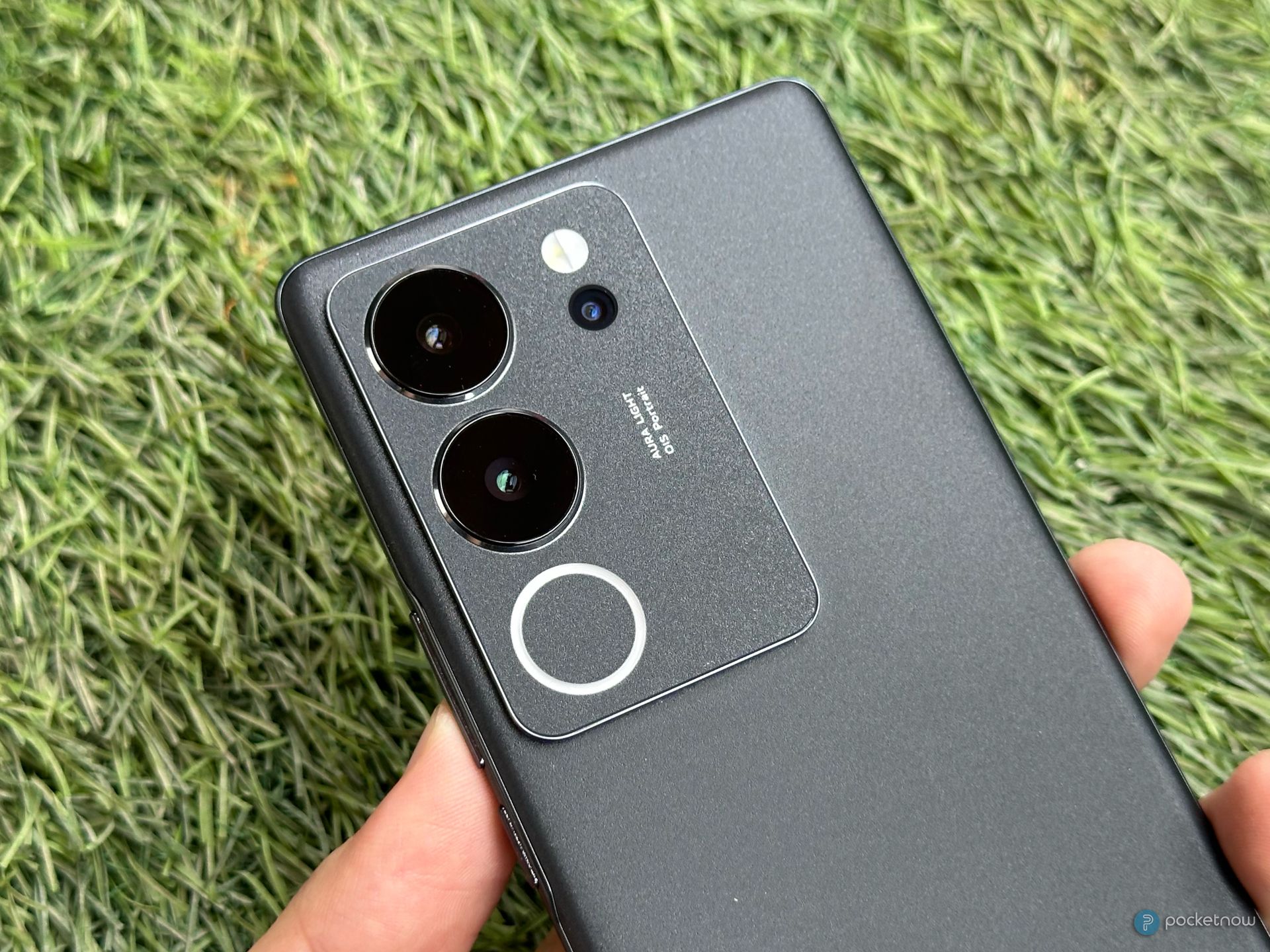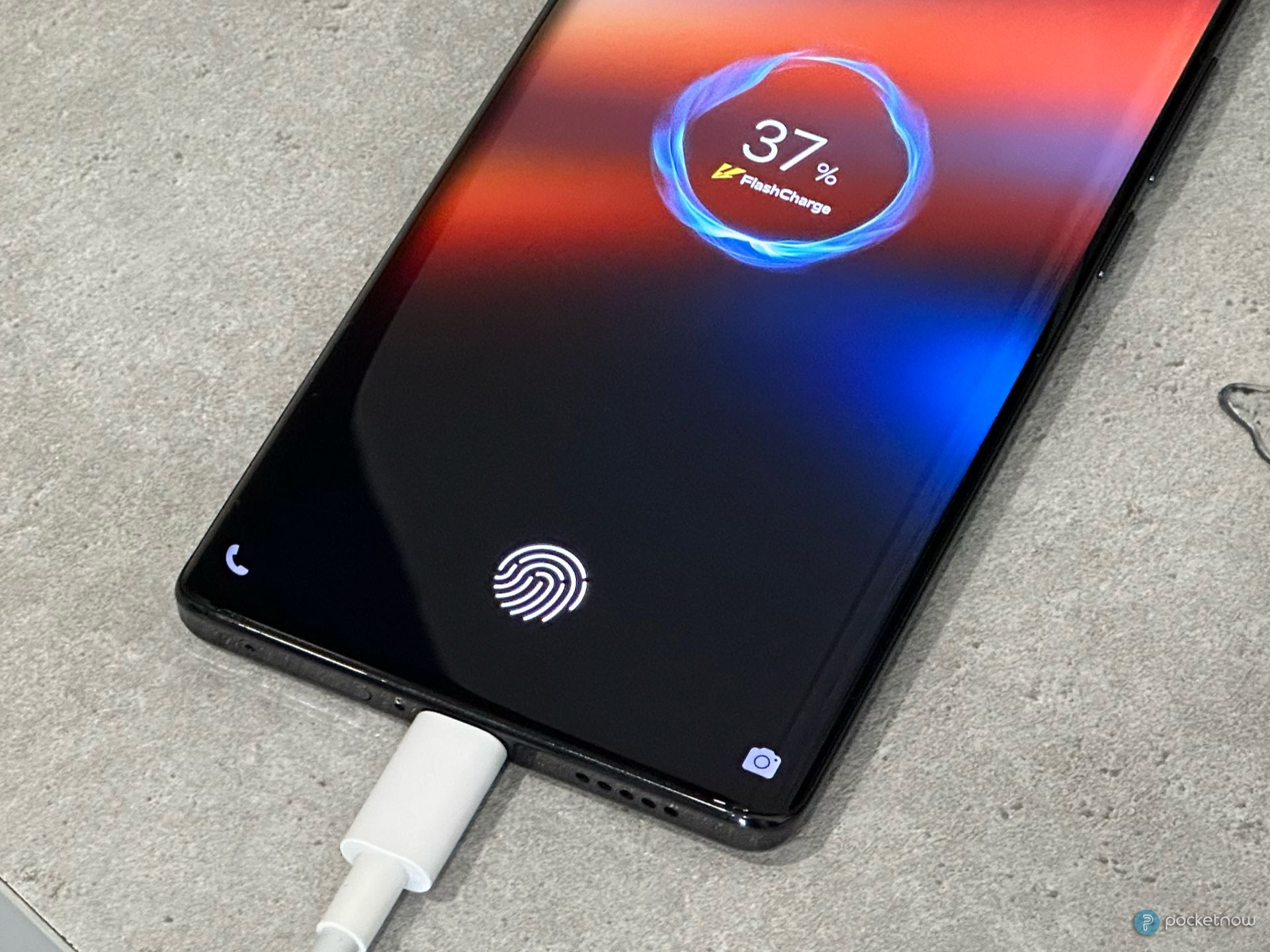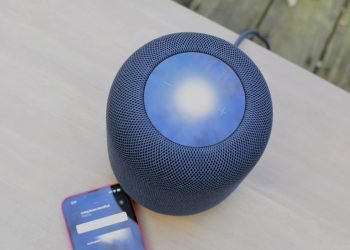The vivo V29 is one of my favorite mid-range Android smartphones from this year. It offers a lot for its price, but if I were to highlight a drawback, it’s the performance. Equipped with the Snapdragon 778G processor, the V29 struggled to meet my demands. However, the vivo V29 Pro, featuring the improved MediaTek Dimensity 8200, has arrived, and I’ve been testing it for a few weeks. I think the V29 Pro offers the perfect balance between features, price, and performance. Find out why the vivo V29 Pro will become my default mid-range Android smartphone recommendation in my detailed review below!
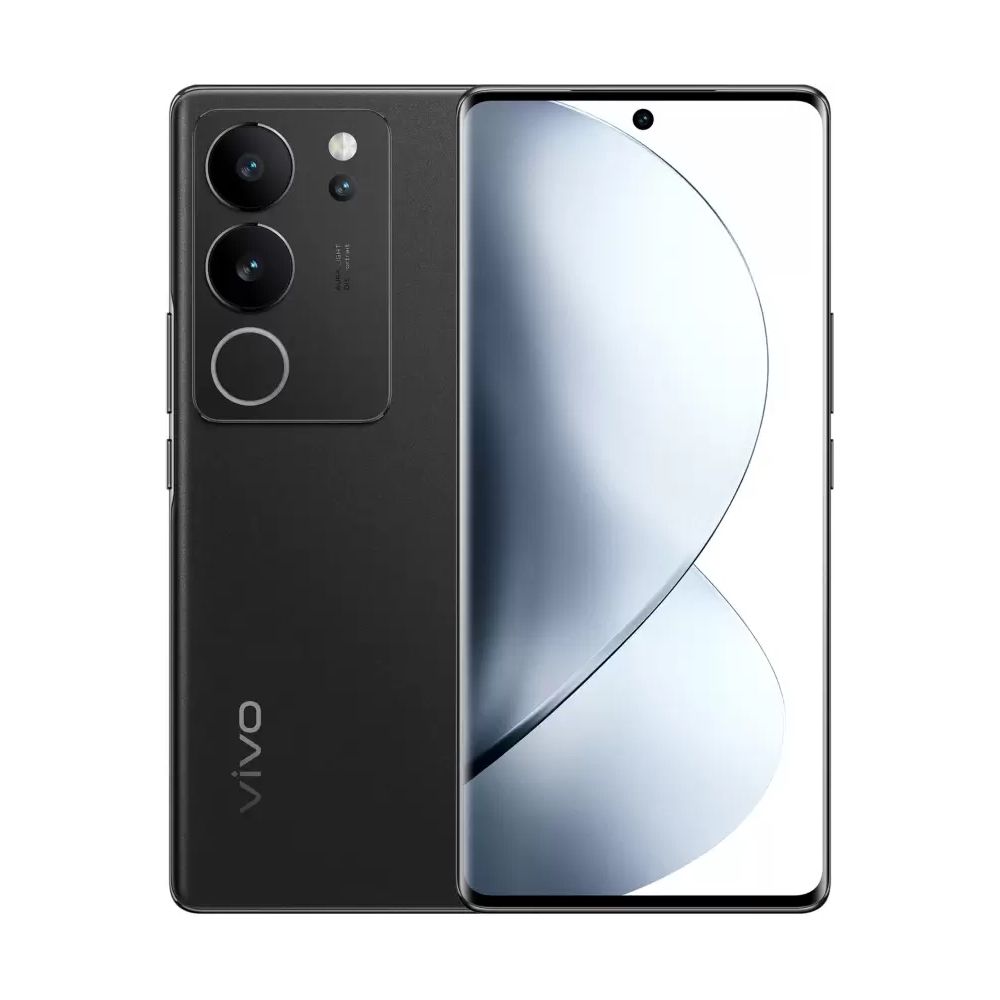
vivo V29 Pro is the upgraded version of vivo V29 with a powerful Mediatek Dimensity 8200 chipset. It comes with the same camera setup, including 50 MP rear and 50 MP front shooters, 4600 mAh battery, and a big and bright 6.78-inch AMOLED display.
Brand vivo
SoC MediaTek Dimensity 8200
Display 6.78-inch, AMOLED, 120Hz, 452 PPI, 2800 × 1260-pixel resolution
RAM 8GB, 12GB
Storage 256GB
Battery 4,600 mAh
Ports USB-C
Operating System Funtouch OS 13 (Android 13)
Front camera 50 MP (Auto-Focus)
Connectivity 5G, LTE, Wi-Fi, Bluetooth 5.3
Others Aura Ring Light
Dimensions 164.2 × 74.4 × 7.46 mm
Colors Himalayan Blue, Space Black
Weight 188 grams
Charge speed 80W
IP Rating IP68
Security Under-display fingerprint scanner, Face unlock, PIN, Pattern, Password
Material Glass back, Fluorite AG Glass front
Main Camera 50 MP, f/1.9, (wide), OIS, PDAF
Wide-Angle Camera 8 MP, f/2.2
Telephoto 12 MP, f/2.0, PDAF, 2x optical zoom
Price and Availability
The vivo V29 Pro is currently available for purchase in India for around Rs. 40,000 (~$480). vivo says the V29 Pro will also be available in other countries worldwide, but we don’t have an exact date from the company yet. We’ll keep you posted with any new details as and when they become available.
Design and Build
Source: Pocketnow / Sanuj Bhatia
Looking at its design, the vivo V29 Pro shares the exact same look as the standard V29. In fact, next to a standard V29, you won’t be able to tell the difference between the two — they’re exactly the same. This means you’ll enjoy a curved glass on both the front and back, with a plastic frame holding them together. On the rear, you’ll find the same triple-camera setup, the Aura Ring light, and the vivo logo.
Unlike the standard V29, which comes in a variety of colors, the V29 Pro comes in two colors: Himalayan Blue and Space Black. The Himalayan Blue version looks the same as the standard V29, featuring a design inspired by mountain peaks and boasting about 15 million micron-sized magnetic particles that create a unique light effect.
However, I love the Space Black variant I have here. It has a textured finish similar to sandstone, which I find more appealing compared to the glossy finish of the Blue color. It has a minimal look that matches my style, though, it’s still quite slippery just like the Blue variant. Thankfully, vivo includes a clear case in the box.
Source: Pocketnow / Sanuj Bhatia
As for the button and port placements, they remain unchanged. At the bottom, you’ll find a USB-C port, a speaker grill, and a SIM tray, while the power button and volume rockers are on the right side. The top and left sides are left blank. Despite its slim and dual-curved design, vivo has ensured that the buttons on the V29 Pro are tactile and easy to reach.
And, finally, in terms of durability, both phones are identical as well, offering IP68 dust and water resistance. All things considered, the V29 Pro has an excellent feel to it. The curved back and screen make it a sleek and enjoyable device to use. Despite its slim profile, it feels sturdy in hand and is quite lightweight, weighing around 188 grams – just 2 grams more than its standard counterpart.
Display
Source: Pocketnow / Sanuj Bhatia
Moving over to the front, you get the same big 6.78-inch AMOLED panel with a 120Hz refresh rate. It has got the same 2800 × 1260-pixel resolution with 452 PPI and support for HDR10+ playback. It is curved on the sides, which makes it an absolute joy to use. Yes, I know not everybody is a fan of curved displays, but you know what? I quite appreciate it in this case. The big edge-to-edge AMOLED display, with its vibrant colors, contributes to a premium feel, and you hardly notice any side bezels.
Similar to the standard V29, this AMOLED panel delivers exceptional color reproduction. Whether you’re scrolling through social media, watching YouTube, or playing games, it stands as one of the finest displays in the mid-range Android segment – especially when compared to devices like the Samsung Galaxy S23 FE, which sport somewhat thick bezels. Additionally, just like the standard model, vivo has included various display technologies to minimize blue light and screen flicker for eye comfort.
Performance
Source: Pocketnow / Sanuj Bhatia
And now, let’s talk about the standout feature of the vivo V29 Pro compared to its standard counterpart – its chipset. The vivo V29 Pro runs on MediaTek’s Dimensity 8200 chipset. This processor, built on a 4nm node process, features four high-performance cores and four power-efficient cores. To break it down, the Dimensity 8200 includes one Cortex-A78 core running at 3.1 GHz, three Cortex-A78 cores running at 3.0 GHz, and four Cortex-A55 cores running at 2.0 GHz.
But how does it perform in real-world use? Is the difference noticeable compared to the standard V29? To put it simply, yes, absolutely. Any occasional hiccups or stutters I encountered while using the V29 are nowhere to be found. This robust chipset handles all my daily tasks, which include lots of texting, social media scrolling, emails, calls, and even some light gaming, with ease. The Funtouch OS 13, which it’s currently running on (though vivo promises an update to Android 14 by year-end), absolutely sails smoothly here.
Speaking of gaming, popular titles like Call of Duty, Asphalt 9, and Battlegrounds Mobile India (the Indian version of PUBG Mobile) run smoothly on the V29 Pro. These games run smoothly at high graphics settings, though you shouldn’t expect a similar gaming experience as that of a smartphone with the Snapdragon 8 Gen 2. Nonetheless, the V29 Pro impresses with its performance. If I were to nitpick, I’d point out some pre-installed bloatware in the software. Thankfully, you can disable it, although it takes a bit of time and effort.
Regarding storage, vivo provides 256GB of storage by default. You have two choices for RAM – 8GB and 12GB. If you have a bit of extra money to spare, I’d recommend going for the 12/256GB model. While you might not immediately notice the difference, in the long run, you’ll appreciate the benefits of the extra RAM. Apps run smoothly, and they pick up right where you left off — it’s definitely a benefit worth the extra money.
Camera
Source: Pocketnow / Sanuj Bhatia
Coming to the camera, the vivo V29 packs a similar camera setup as the standard V29. This means you get a 50 MP main camera with a f/1.9 aperture, PDAF, and OIS coupled with an 8 MP ultra-wide lens. The 2MP depth sensor has been swapped for a 12MP telephoto lens that offers 2x optical zoom. On the front, the selfie camera maintains its 50 MP resolution, featuring auto-focus and a wider f/2.0 aperture for brighter selfies.
So, what’s the verdict on the camera? Well, it remains largely unchanged. The primary camera stands out, especially considering the price point. The 50MP sensor excels at capturing ample detail and performs really well in well-lit conditions. Even in low-light environments, the primary camera holds its own.
The Aura Ring Light comes in handy in dimly lit situations. It comes in handy when you’d prefer not to use a harsh flash or when you want to illuminate your subject more softly. It helps evenly distribute light on your subject, and the automatic color adjustments also work quite seamlessly.
The 2x telephoto lens proves itself quite useful, as you can see in the sample images below. The pictures are sharp and impressive. The color reproduction of the telephoto lens matches (closely) to that of the primary lens, which is great.
The one thing that I didn’t like, is the ultra-wide angle camera. The images from this lens appear somewhat off compared to the other two lenses. The colors seem off, and there’s a lack of sharpness, but it should suffice for occasional shots. For the best results, sticking to the main camera and telephoto shooter is your best bet.
Camera Samples
Daylight
Ultra-wide vs 1x vs 2x
Low/Artificial Light
Battery Life
Source: Pocketnow / Sanuj Bhatia
Finally, onto the battery life, and I’ll be really honest, I had high expectations here. Even though the V29 Pro comes only with a 4,600 mAh cell — which is small nowadays, but given the phone is slim, I could live with it — I was hopeful, thanks to the 4nm Dimensity 8200 chipset, which should theoretically offer improved power efficiency. However, that wasn’t the case.
Yes, the phone lasted me a day, but I had to be cautious with my usage. Without any restrictions, I could easily drain this phone before the day was out. However, vivo makes up for it including an 80W FlashCharge with the V29 Pro (adapter is in the box). It can take the phone from 1% to 50% in approximately 20 minutes, with a full charge taking around 50 minutes. While there’s no wireless charging, it’s something you might expect in this price range.
Verdict
So, is the V29 Pro worth buying? Well, if you’re looking for a smartphone that offers a great display, primary camera, and performance, the vivo V29 Pro is a solid choice. In fact, I’d recommend it over the standard V29 because the performance improvement is quite noticeable. If I had to nitpick, I would say the lack of stereo speakers and sort of short battery life could be an issue for some. However, if these factors don’t bother you, this is the most well-rounded smartphone that you can get in this price range.

vivo V29 Pro is the upgraded version of vivo V29 with a powerful Mediatek Dimensity 8200 chipset. It comes with the same camera setup, including 50 MP rear and 50 MP front shooters, 4600 mAh battery, and a big and bright 6.78-inch AMOLED display.



